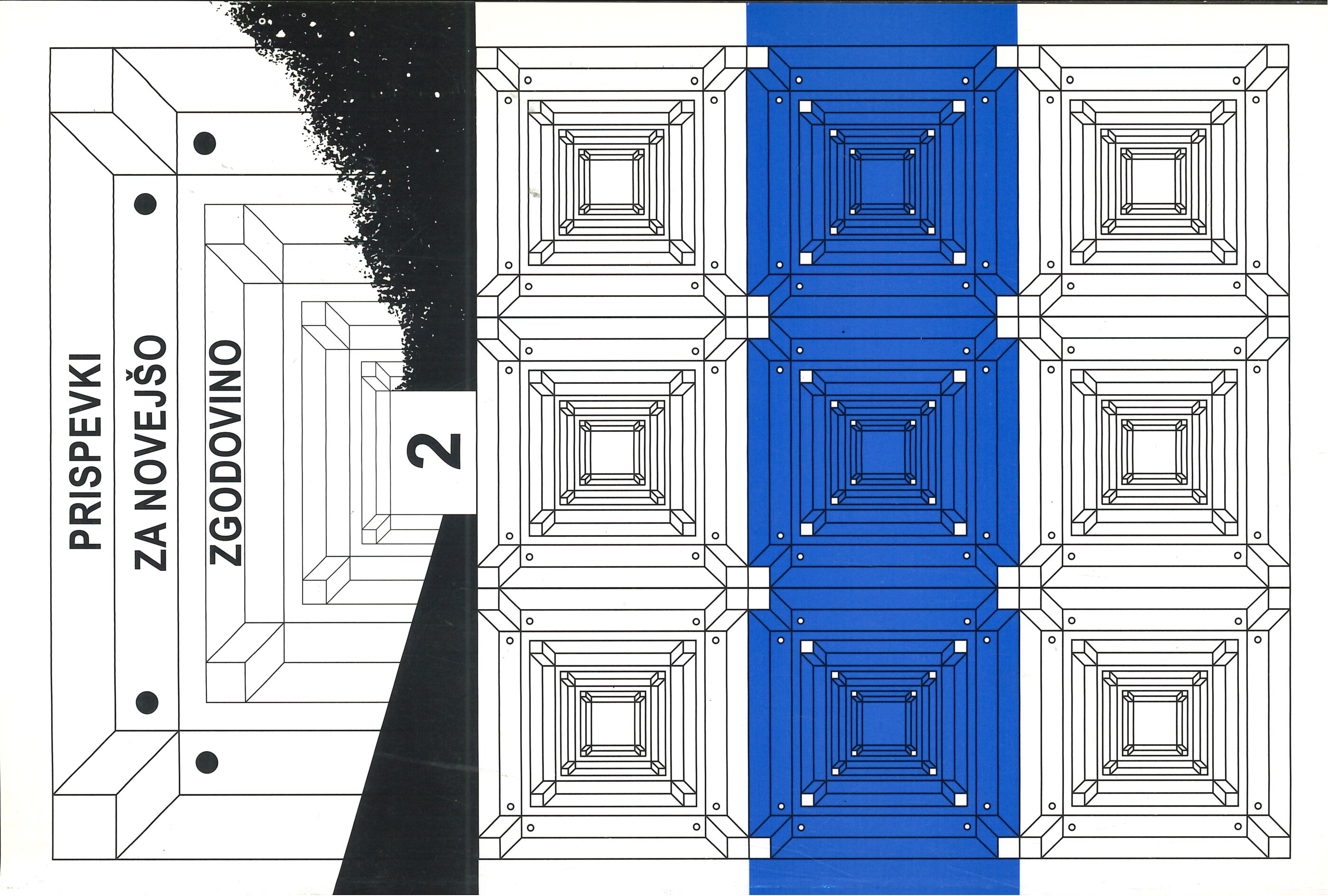Manoeuvre Structure of National Protection (MSNP) between Strategic Concept and Tactical Realisation
Keywords:
Slovenia, attainment of independence, Manoeuvre Structures of National Protection, National protection, defence preparing, militia, Territorial Defence, defence forces, national securityAbstract
In spite of relatively short period of existence, the Manoeuvre Structures of National Protection (MSNP) presents very complex topics demanding multidisciplinary and multilevel approach. Firstly, from aiming and functionality points of view, their origins goes back to (self)defence activities, following Yugoslav People’s Army attempt for disarming Slovenian Territorial Defence in May 1990. Secondly, although National protection was an existing but antiquated institution, (unique to Slovenia), intended to enable the republic to form an ad hoc defence structure, akin to a Home Guard, it was a cover for secret alternative command structure and a way how new elected republic leadership tried to control TD which was formally a part of joint Yugoslav armed forces. And thirdly, MSNP presents conceptualisation of unique Slovenian defence forces, composed military (Territorial defence) and militia/police units. The article presents all hazards analysis from strategic concept till tactical realisation, combining history, politology, sociology and security theories.
Downloads
Published
Issue
Section
License
Authors who publish with this journal agree to the following terms:
- Authors retain copyright and grant the journal right of first publication with the work simultaneously licensed under a Creative Commons Attribution License that allows others to share the work with an acknowledgement of the work's authorship and initial publication in this journal.
- Authors are able to enter into separate, additional contractual arrangements for the non-exclusive distribution of the journal's published version of the work (e.g., post it to an institutional repository or publish it in a book), with an acknowledgement of its initial publication in this journal.
- Authors are permitted and encouraged to post their work online (e.g., in institutional repositories or on their website) prior to and during the submission process, as it can lead to productive exchanges, as well as earlier and greater citation of published work (See The Effect of Open Access).


